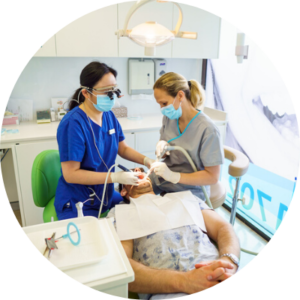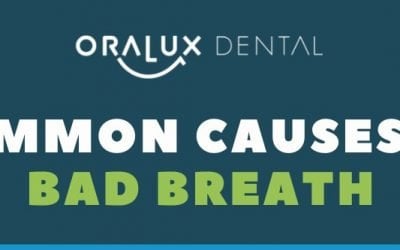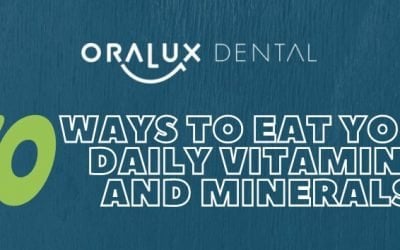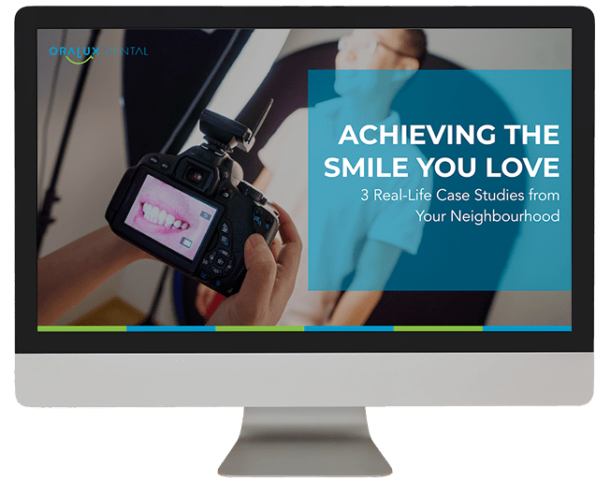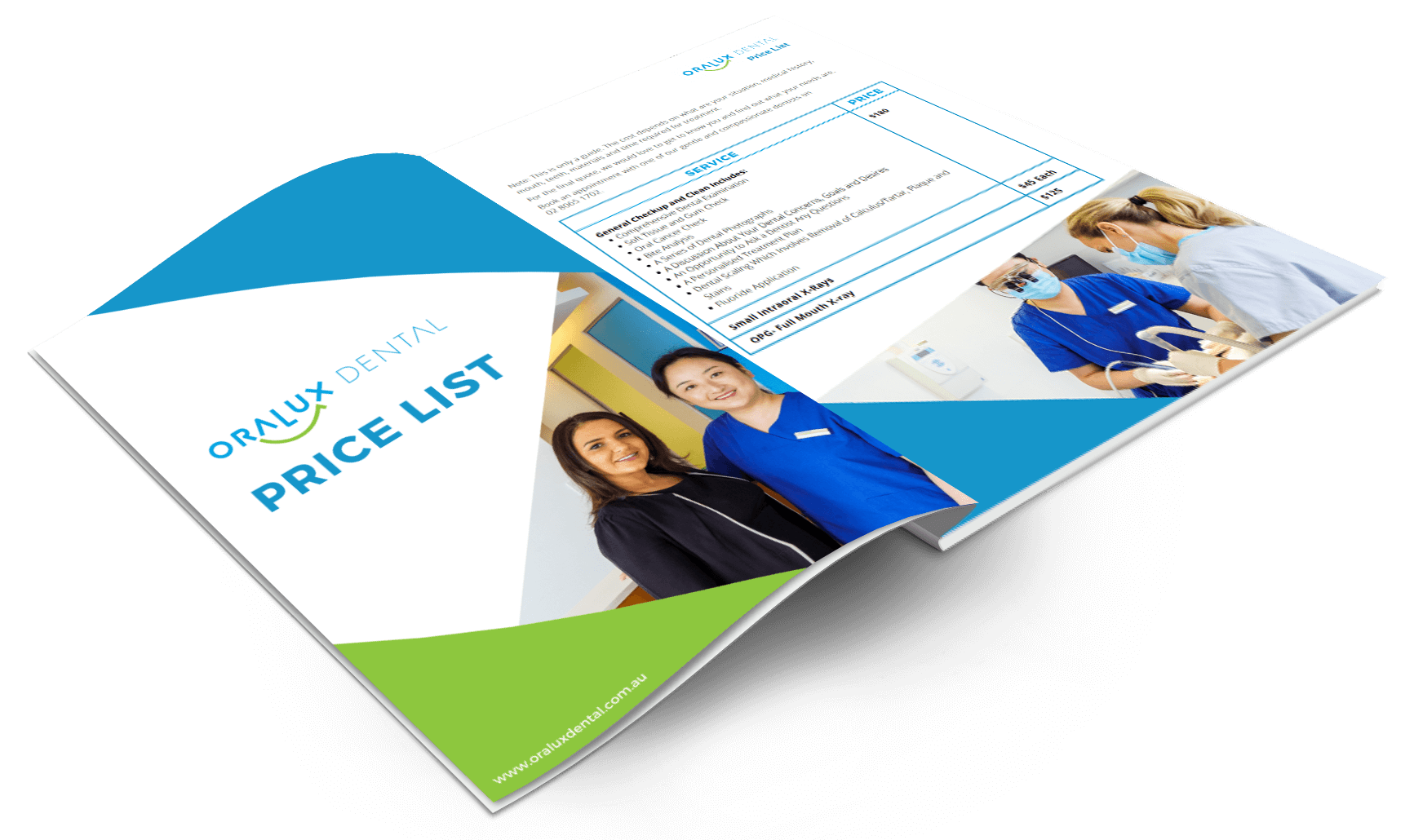Caring for Teeth and Gums
Proper teeth and gum care does not require excessive time or expensive oral hygiene instruments. Avoiding simple sugars, and implementing daily gentle tooth brushing and flossing is the basic foundation. Additionally, not smoking, drinking plenty of water, and getting regular dental cleanings and checkups are needed to keep gums healthy and teeth cavity-free.
Fast facts on the tooth and gum care:
- A tooth is primarily composed of minerals.
- Plaque is a sticky, colourless film of bacteria that sticks to teeth.
- When bacteria consume sugar, they produce acids, which eat away at the tooth’s enamel.
- Tobacco use is one of the most significant risk factors associated with the development of gum disease.
How to Brush
Brushing teeth with fluoridated toothpaste is the best method of reducing plaque. The Australian Dental Association (ADA) recommends brushing for 2 minutes, twice daily.
Proper brushing technique cleans teeth and gums effectively. Keep the following tips in mind:
-
- Use a soft-bristled toothbrush – to prevent damage to the enamel, only use a soft-bristle toothbrush.
- Brush at a 45-degree angle – the angle of the brush is important, the toothbrush should be placed against the teeth at a 45-degree angle to the gum line.
- Motion correctly – using short gentle back, forth, and small circular motions, all tooth surfaces will be gently brushed, avoid a sawing or scrubbing motion.
- Brush the tongue – use your toothbrush to do a light brushing of the tongue.
- Keep the mouth clean after brushing – avoid eating for 30 minutes after brushing.
A toothbrush should be replaced at least every 3 months, as well as after any illness.

Daily flossing is necessary for removing plaque and food particles that your toothbrush cannot reach.
The area just beneath the gum line and the tight spaces between teeth are vulnerable areas where plaque can build up and turn to tartar.
If you do not floss regularly, the build-up of plaque and tartar can lead to cavities, as well as gum disease.
Foods to Eat and Avoid
There is overwhelming evidence that sugars are the biggest dietary contributor to dental disease. Specifically, it is the amount and frequency of free sugars consumed that determines the severity of the decay.
Food and Drink to Avoid
Sugar and candy intake should be limited; this is because the bacteria in the mouth need sugar to produce the acids that weaken enamel and damage teeth. Each time teeth are exposed to sugar, the demineralization process begins, and it can take up to an hour for the mouth to return to normal, non-acidic pH conditions.
Specifically, try to avoid:
- sodas
- candy
- sweets and sugary snacks
- chocolate
- cookies
- fast food, which is known to contain sugars
Other fermentable carbohydrates are also involved:
- bread
- crackers
- bananas
- breakfast cereals
Studies show that consumption of starchy staple foods and fresh fruit are associated with lower levels of dental caries, so the risk is not as high as sugar.
Consuming a variety of foods rich in nutrients and avoiding those that contain sugars and starches is important for keeping teeth and gums healthy.
Food and Drink to Consume with Caution
Crunchy fruit and vegetables such as apples, pears, celery, and carrots are good in between meals as the chewing activity increases the production of saliva, and saliva helps protect teeth.
Water should be consumed liberally, and any soft drink or fruit juice beverage (diet and regular), should be consumed with caution.
Most soft drinks contain phosphoric acid, which interferes with the body’s ability to absorb calcium. Fruit juices will also bathe the teeth in damaging sugar. Drinking these beverages through a straw can help minimize the time the teeth are exposed to the acid.
Chewing sugarless gum for 10 minutes after meals and snacks can also help reduce decay.
Dental Decay
Dental decay affects people of all ages, but the severity of the disease increases with age. Dental decay is comprised primarily of:
- Cavities – these are permanently damaged areas in the hard surface of the teeth that develop into tiny openings or holes. Cavities are also called tooth decay or caries.
- Tooth decay – this requires exposure to sugar but also depends on the susceptibility of the tooth, the bacterial profile of the mouth, the quantity and quality of the saliva, and the amount of time the tooth is exposed to sugars.
Cavities and tooth decay are among the world’s most common health problems. They are especially common in children, teenagers, and older adults. But anyone who has teeth can get cavities, including infants.
The best way to care for teeth and gums is to follow good eating habits, brush, and floss daily, and have regular dental cleanings and exams.
Dental Visits

Unremoved plaque and tartar will not only cause decay but also work its way under the gums and lead to serious gum disease. Eventually, the disease process could become so advanced the only treatment is the extraction of the tooth.
Proper care of the teeth and gums requires a minimal time commitment. A healthy diet, a consistent oral home hygiene program, and regular professional cleanings and checkups will keep teeth and gums in excellent shape, and leave you with a beautiful, healthy smile.
Note: All content and media on the Oralux Dental website and social media channels are created and published online for informational purposes only. It is not intended to be a substitute for professional medical advice and should not be relied on as health or personal advice.
Services We Mentioned
Related Articles
Common Causes of Bad Breath
Bad breath is usually caused by poor dental habits, infections, the foods you eat and unhealthy habits such as…
How to Eat Your Daily Vitamins and Minerals
Though the morning chewable may be tasty, to get the recommended amount of vitamins and minerals every day…

